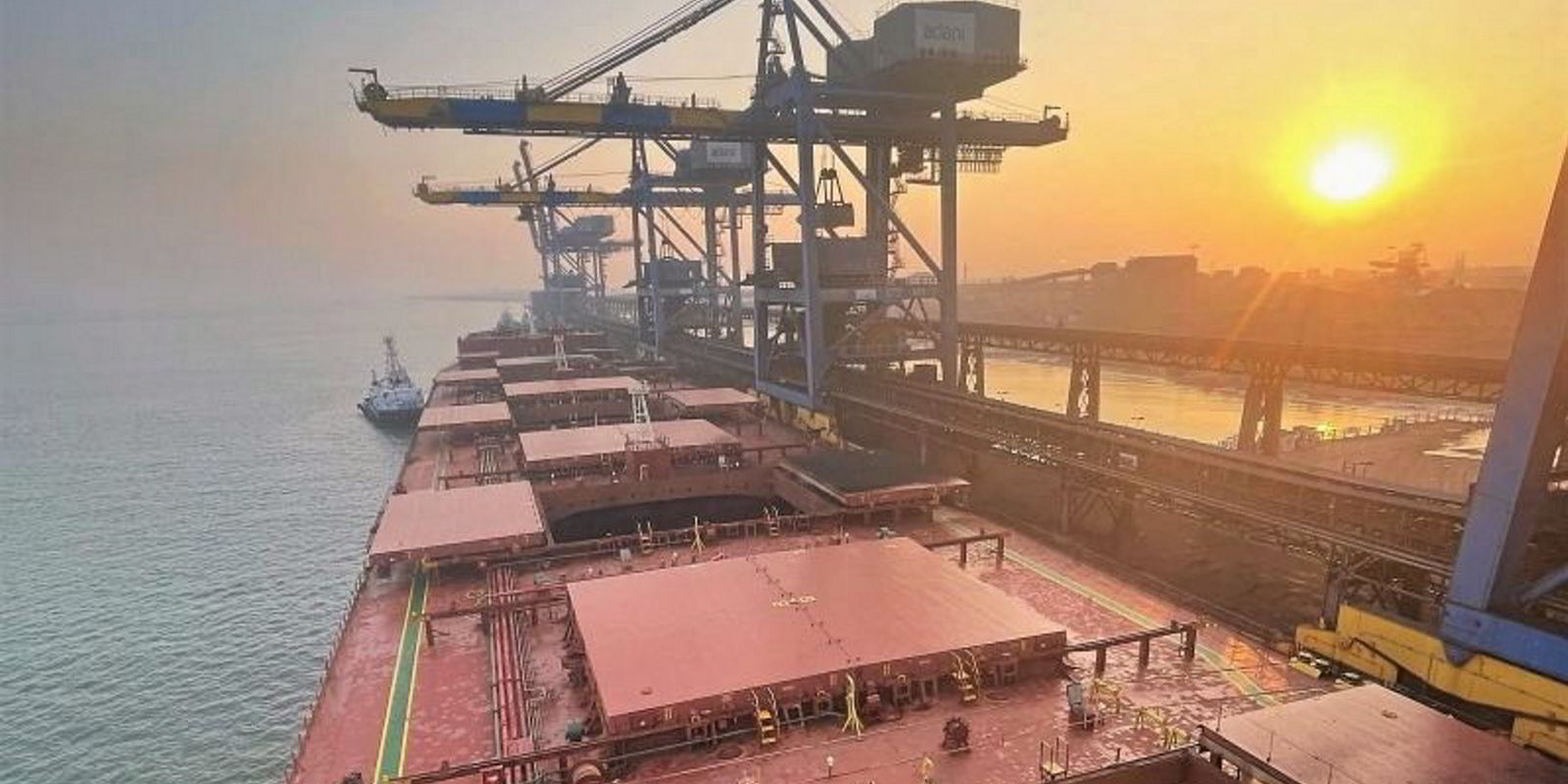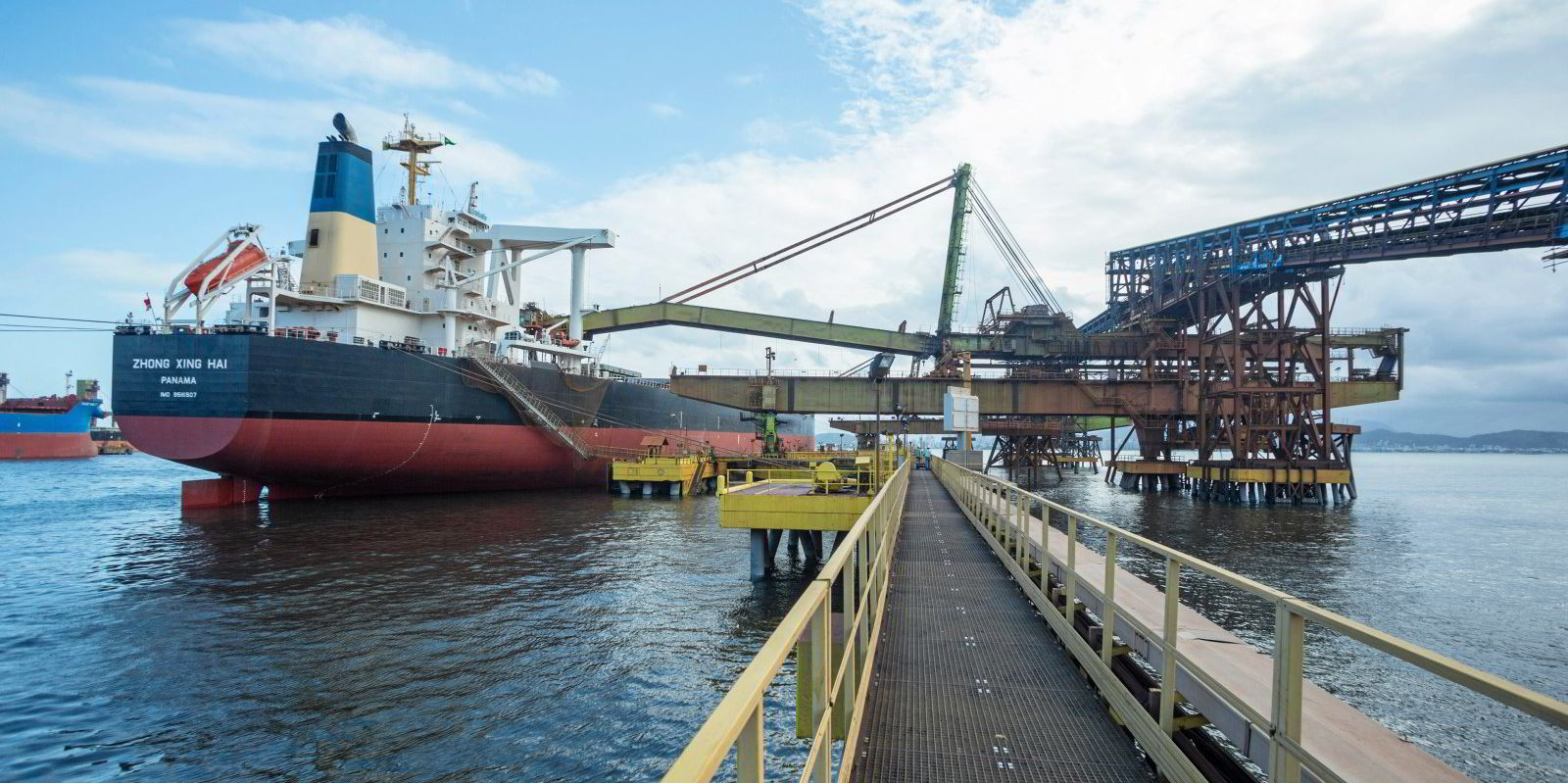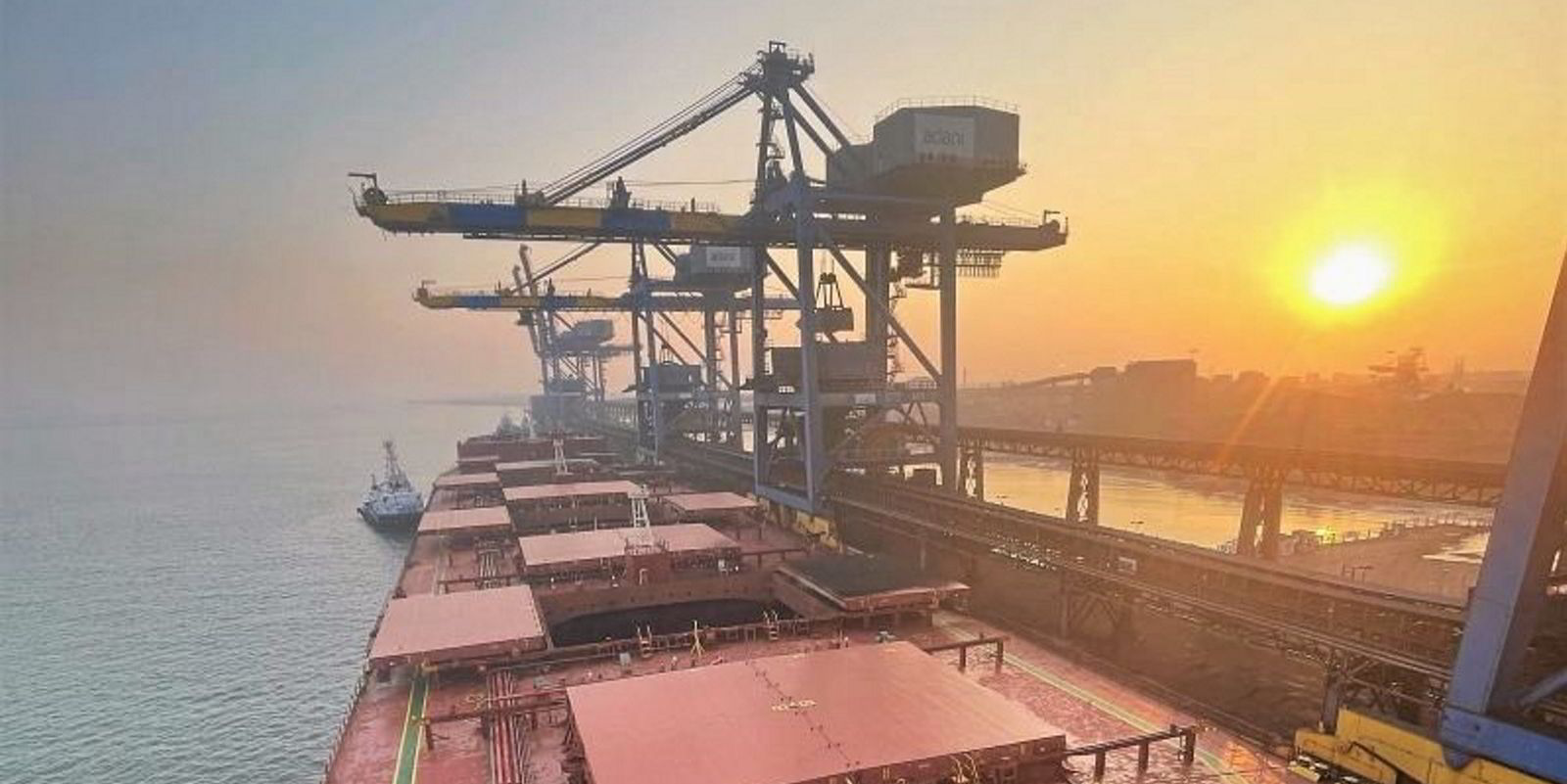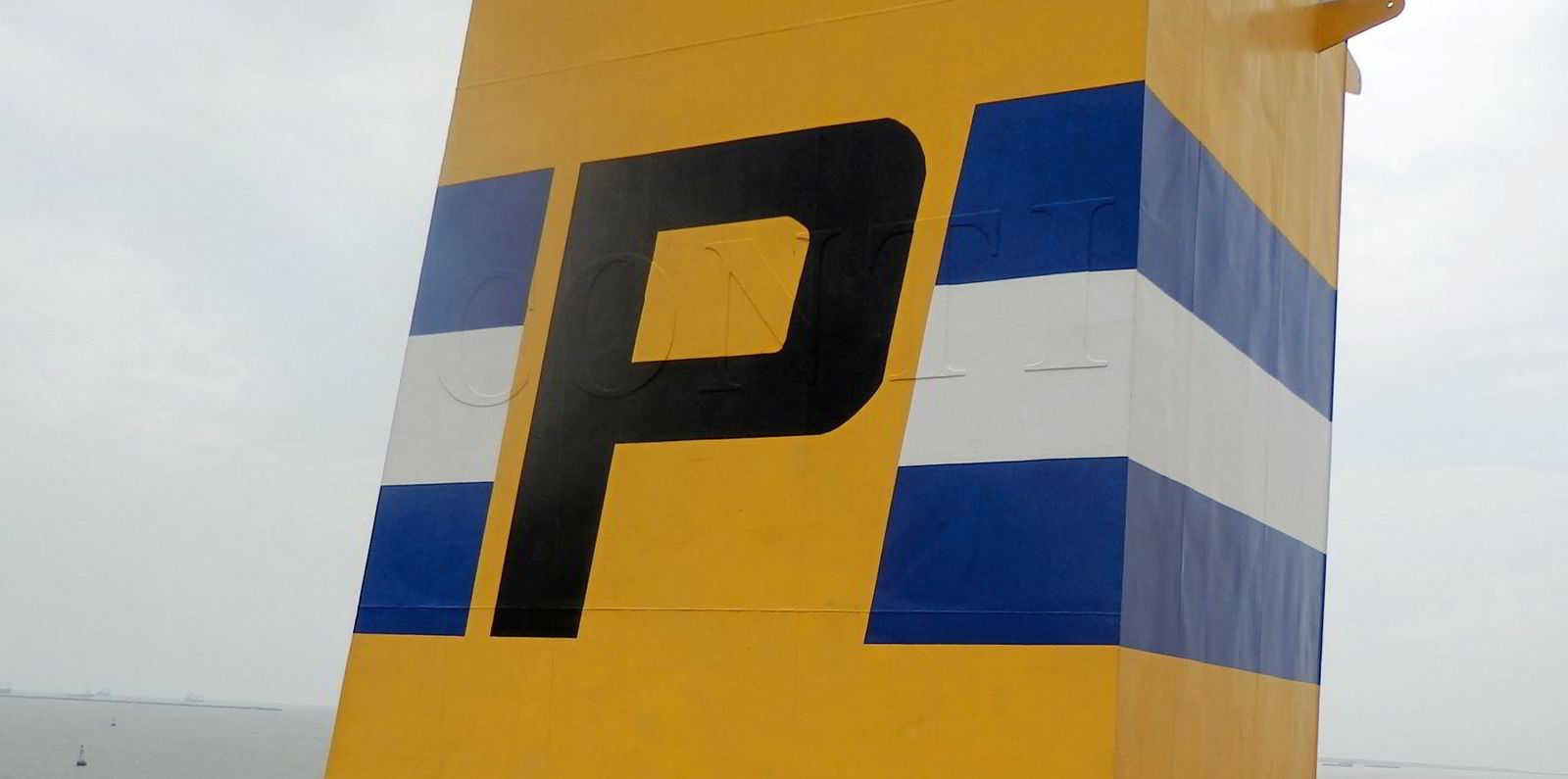Clarksons Securities analysts are hastily redrawing rate forecasts after bulk carriers made the best start to a year for well over a decade.
Since mid-December, average capesize spot earnings for non-eco vessels, specifically those built between 2011 and 2013, have been around $24,000 per day, the investment bank said.
This is roughly $11,000 per day more than Clarksons’ initial quarterly projection.
Analysts led by Frode Morkedal said: “The first quarter of 2024 is off to the best start for dry bulk carriers in 14 years.”
Due to strong fundamentals, the team has increased the annual forecast to $26,000 per day from $22,000.
2025 expectations have also been hiked to $29,000 per day from $25,000.
The analysts cited robust Brazilian iron ore volumes as largely responsible for driving capesize earnings up, despite headline-grabbing disruptions in the Panama and Suez canals.
Satellite tracking data has shown that these exports have increased by 15% year on year, adding nearly 10m tonnes.
El Nino’s dry weather has allowed for uninterrupted exports, unlike previous years when rain disrupted operations, Clarksons Securities said.
Australia’s exports have fallen by 7m tonnes, or about 4%, year on year, meaning global iron ore volumes are relatively stable.
But owners have benefited from a “significant” tonne-mile improvement, because the distance between Brazil and China is three times that of Australia to China, Morkedal explained.
Ships heading into the Atlantic
“Furthermore, a higher proportion of Brazilian volumes have been transported on capesize or newcastlemax vessels rather than the domestic Valemax fleet, with capesize shipments from Brazil increasing by 30% year on year,” he added.
This shift has caused tight tonnage availability in the Atlantic, forcing more ships to reposition from the Pacific.
Clarksons Securities rates the short-term outlook as positive, with rates expected to move higher and peak in the second quarter.
Canal disruptions add uncertainty, but rerouting around South Africa due to the Red Sea attacks is expected to continue throughout the second quarter, the investment bank argues.
After that, the analysts expect capesizes to stabilise in the low to mid $20,000s per day by the fourth quarter.
“Overall, the dry bulk market remains appealing due to a low orderbook and constrained fleet growth, which reduces reliance on the strong Chinese economic expansion that has historically driven demand in the sector,” they said.
“As a result, the risk/reward ratio for dry bulk equities remains compelling.”







